Laurentius Sauer: Unveiling the Coincidental Canvas
Venture into the artistic realm of Laurentius Sauer, a dynamic painter from Augsburg, Germany, born in 1987.
Graduating from the Academy of Fine Arts in Munich, Sauer's oeuvre reflects motifs of our modern era.

His canvases intertwine recognizable logos and lettering from societal constructs, infusing them with cryptic relevance to our times.
Discovering the Artist: Laurentius Sauer
Laurentius Sauer, a contemporary painter mentored by Prof. Günther Förg and Prof. Gregor Hildebrandt, embarks on a journey defined by chance and timeliness.

His artistry, characterized by quick gestures and aesthetic coincidences, draws inspiration from personal experiences and memories.
Sauer's Work Characterizes Two Main Features: Chance And Timeliness. The Coincidence Of Aesthetics And Quick Gesture Is Formative For His Work, But The Topicality Principle Is Decisive. Beyond These Systems, The Artist Also Repeatedly Works On Topics Based On His Own Experiences And Memories. -Axel Städter
Recently, Sauer delves into the legend of Lady Godiva, crafting narratives of horses, empowered women, and bruised male egos.


LAURENTIUS SAUER with Place your bet | 2020 | Oil, spray on canvas | 35x165 cm
Laurentius Sauer, was born in Augsburg, Germany in 1987. He later studied painting/graphics at the Academy of Fine Arts in Munich.
His artworks are motifs of our contemporary world.



Laurentius Sauer: Artworks -> My american dream | 2020 | Spray/oil on Print/Canvas | 125x135 cm -> K LOVE, | 2019 | Oil/Acryl on Print | 120x92 cm -> Africa in a bottle | 2020 | Oil / Acryl on Print / Canvas | 155 x 120 x 2 cm | Image Courtesy by the Artist
WHICH ARTIST MOST INFLUENCED YOUR WORK AND YOU AS AN ARTIST?
Matthias Dornfeld and Sergej Jensen, in particular, shaped my artistic work. I was fortunate to have had Matthias as a professor. I like his approach to painting.
What I appreciate most about both these artists and their work is their diversity.
If you come to recognize one artwork, it doesn't mean you will recognize them all. It's quite astonishing, and this diverseness appeals to me.


Laurentius Sauer: Artwork: The rising star | 2020 | Oil/Spray on Canvas | 160x130 cm -> NYPD | 2017 | Paint on print | 85x100 cm
YOU SHARE A STUDIO WITH THE ARTISTS TIMUR LUKAS AND ESTHER ZAHEL, WHAT'S THAT LIKE? WAS THE CONSTELLATION AN ACCIDENT OR ARE YOU, FRIENDS?
Yes, I work with Timur Lukas and Esther Zahel in a 200+ sqm studio. That was a conscious decision.
I know them both from our studies at the ADBK Munich, sharing a studio with them was the most obvious next step.

I also work together with Timur on joint pictures/editions, which is called DUE TWO.
We work well together, and as soon as the museums are allowed to re-open, our opening of the exhibition DUE TWO Fries will take place in the Mewo Kunsthalle Memmingen, there will also be another edition accompanying this.
IS YOUR PRESENT STUDIO IDEAL? OR DO YOU WISH FOR SOMETHING ELSE?
It's actually quite okay, could be warmer though. Haha. A studio in Italy on Lake Como, now that would be something...
WHEN DO YOU WORK BEST? ALONE? LOUD MUSIC? PEOPLE AROUND?
I work best, when I can fully concentrate, this usually happens in the evening when I'm alone in the studio. I play loud music, drink Cola and off I go.


Laurentius Sauer: Artwork -> The rising star | 2020 | Oil/Spray on Canvas | 160x130 cm -> Portrait without Cowboy | 2020 | Oil/Acryl on Plastic/Canvas | 128x90cm
WHAT EFFECT DOES BEING ON INSTAGRAM HAVE FOR YOU AS AN ARTIST?
Instagram has become a work tool for me. It's hard to imagine how things would be without it.
But one shouldn't take it too seriously, because there are often huge differences between works on IG and then when you see them in "real" at an exhibition, here the quality can vary too much.
Also, followers/likes don't really say anything about the quality of the work. Nevertheless, it remains a good network and presentation tool.

HOW DO YOU FIND INSPIRATION? DO YOU STAND BEFORE THE CANVAS AND IT HAPPENS? OR DO YOU PREPARE WITH SKETCHES AND THINK IDEAS THROUGH?
I don't tend to make sketches of ideas , I rack my brains for days and then stand in front of the screen in frustration until I notice that it isn't working.


Laurentius Sauer: Drawing Zöbing | 2019 - > Rain cape w/o dad | 2020 | Oil/Pastel on stolen k.way rain cape from my dad | 115x100cm
There is a scheme according to which I work, I change it here and there now and then, but basically. I give a lot of room to chance. Ideas and concepts develop overtime for me.
I can't paint Lucien Freud's nudes today and cover the Siegestor in Munich tomorrow, but if I could that would be incredible.
WHAT ARTISTS INSPIRED YOU? DID YOU GROW UP SURROUNDED BY ART OR DID YOU DISCOVER IT LATER?
I grew up in a village with 700 people and at least as many cows and chickens, next to the house there is a forest and a stream.
When I was 12 we had a TV but it only had 3 channels. My focus at the time was more on building treehouses, fishing, making fire, running, climbing, and exploring nature, these were my past times.


Laurentius Sauer: Lady Godiva 2 | 2020 | Coal, oil, spray on canvas | 80x100 cm | -> Lady Godiva 1 | 2020 | Coal, oil, spray on canvas | 80x100 cm
That's why I would say nature is a great inspiration as well as things that keep coming back to me.
I mean, among other things, the mechanism of action of pop (culture): The principle of topicality and the striving for the new: Being up to date is essential. Most of the time, the ideas appear revolutionary and simple.


Laurentius Sauer: Artworks ->Jump | 2020 | Oil/Pastell/Acryl on Plastic/Canvas | 160x142cm -> Blumen auf Wiese mit Benzin (Flowers on a field with petrol) | 2020 | Oil/Coal on Mixed Canvas | 135x85 cm
Artists who inspired me are Jensen & Dornfeld, as already described above, but I would also include Joan Mitchell, Polke, Twombly, and Katharina Grosse.
WHAT EFFECT DID THE LOCKDOWN HAVE ON YOUR WORK?
In general, I can say that I don't meet a lot of people, so isolation & lockdown is no problem for me.
Of course, exhibitions have been canceled or postponed, which is stupid,. On the other hand new online media and online auctions have been taking place, which is good. Where there is light, there is also shadow ... haha.

FOLLOW THE ARTIST ON INSTAGRAM:
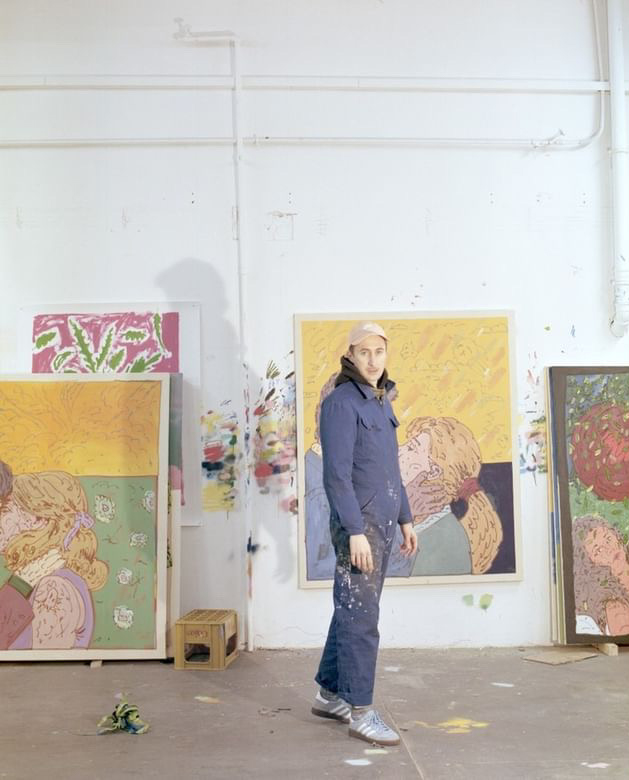

Laurentius Sauer on Instagram

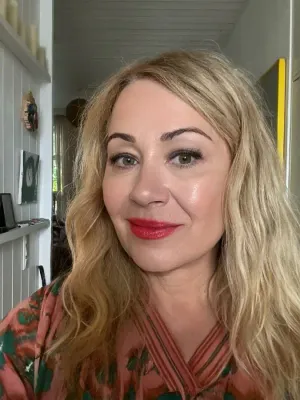
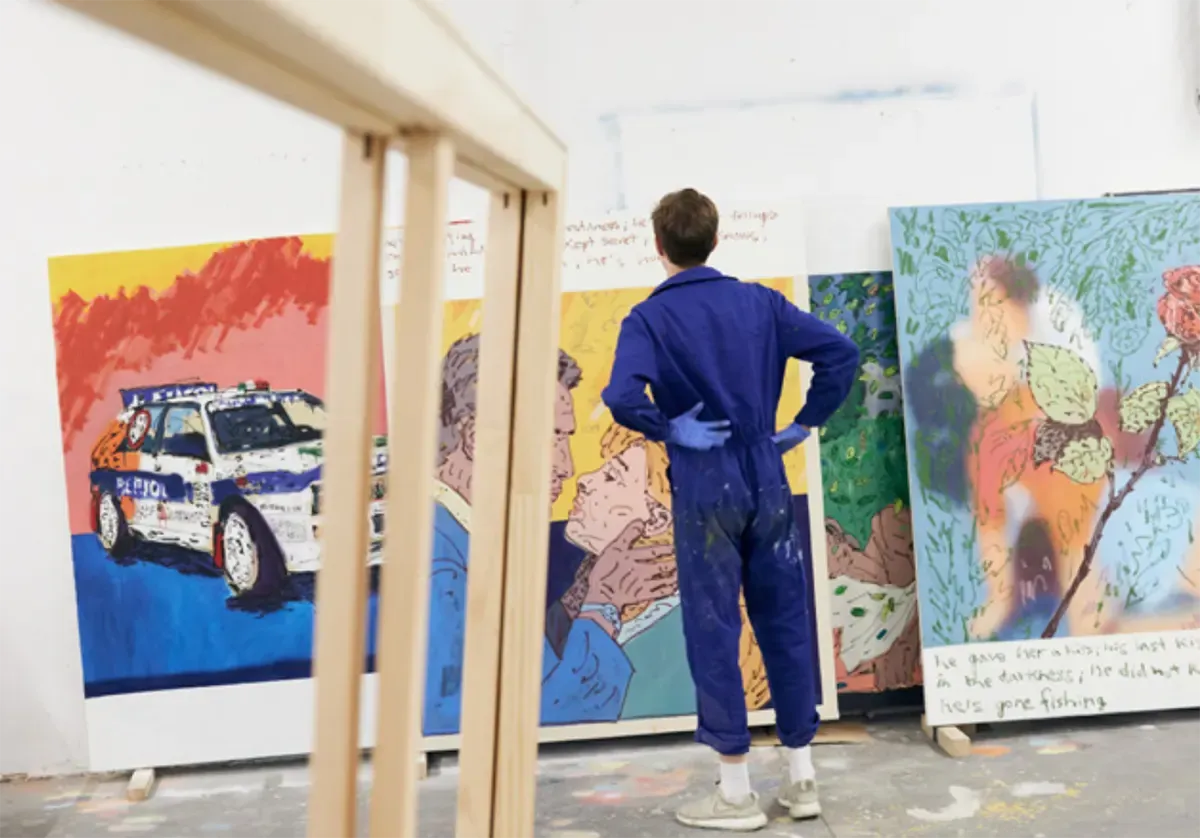

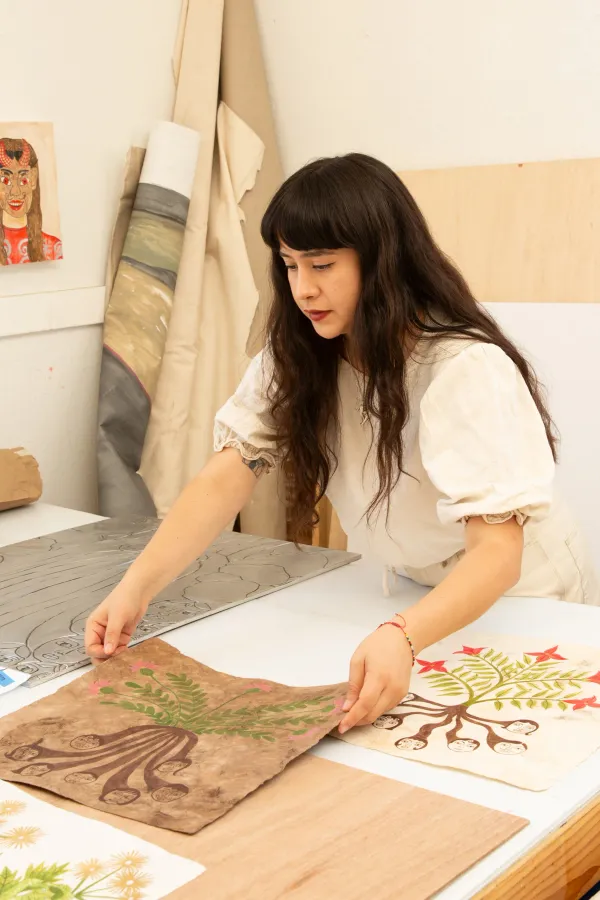
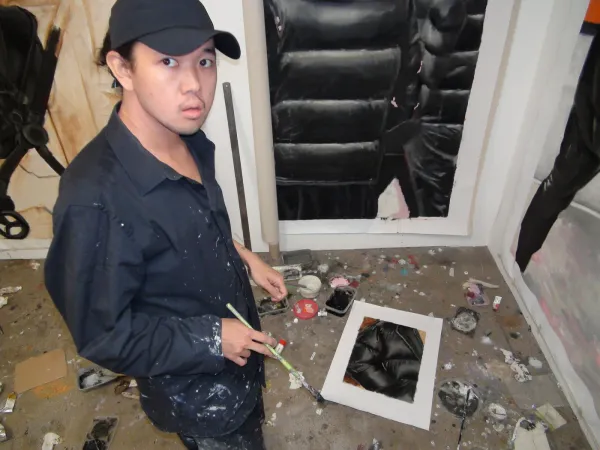
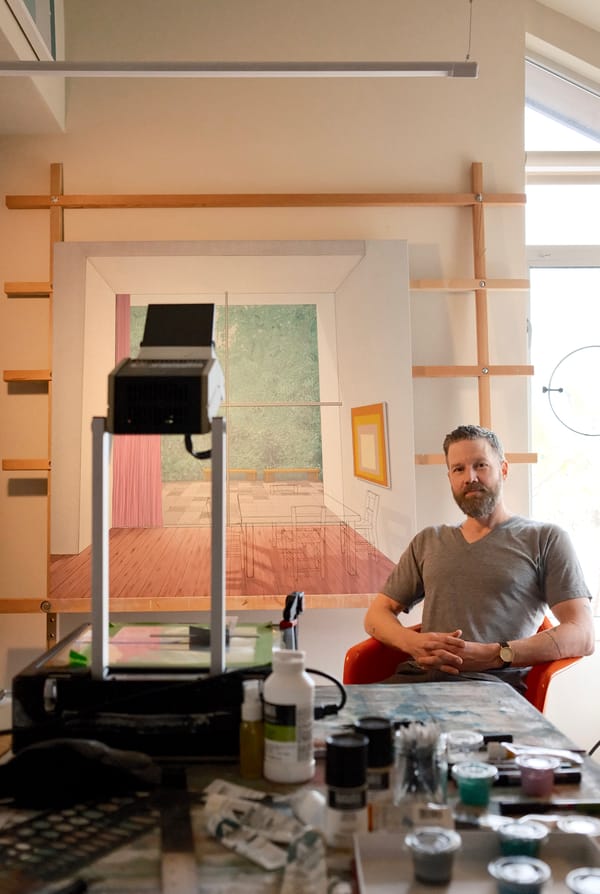
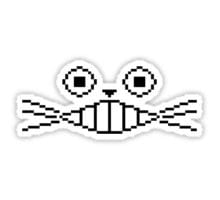
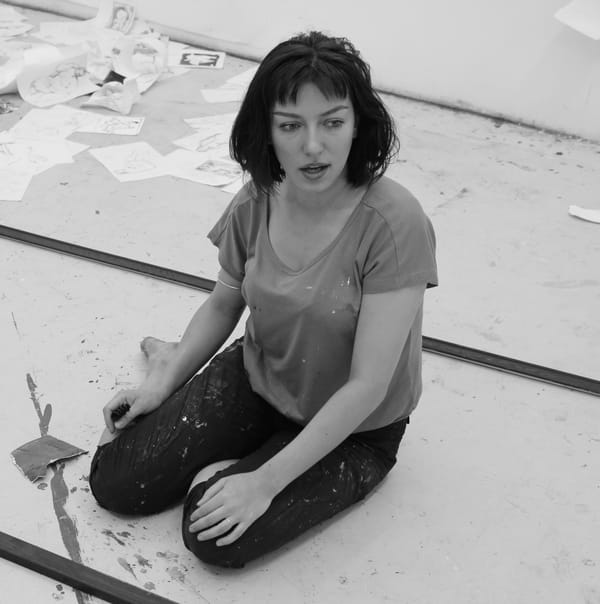
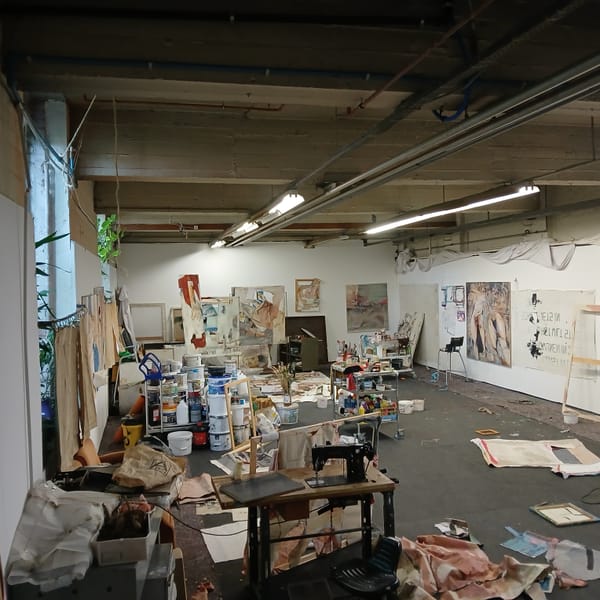

Member discussion